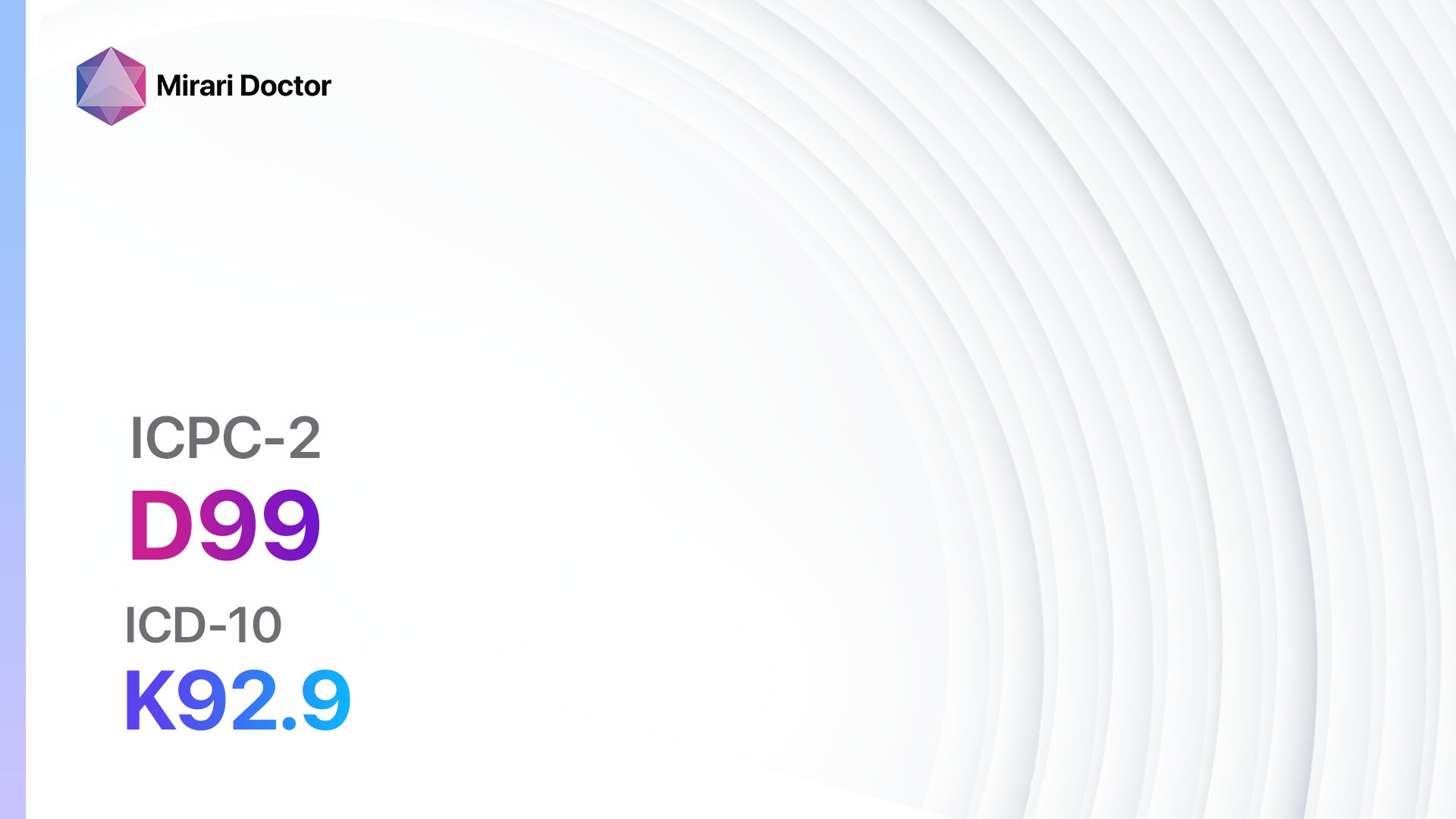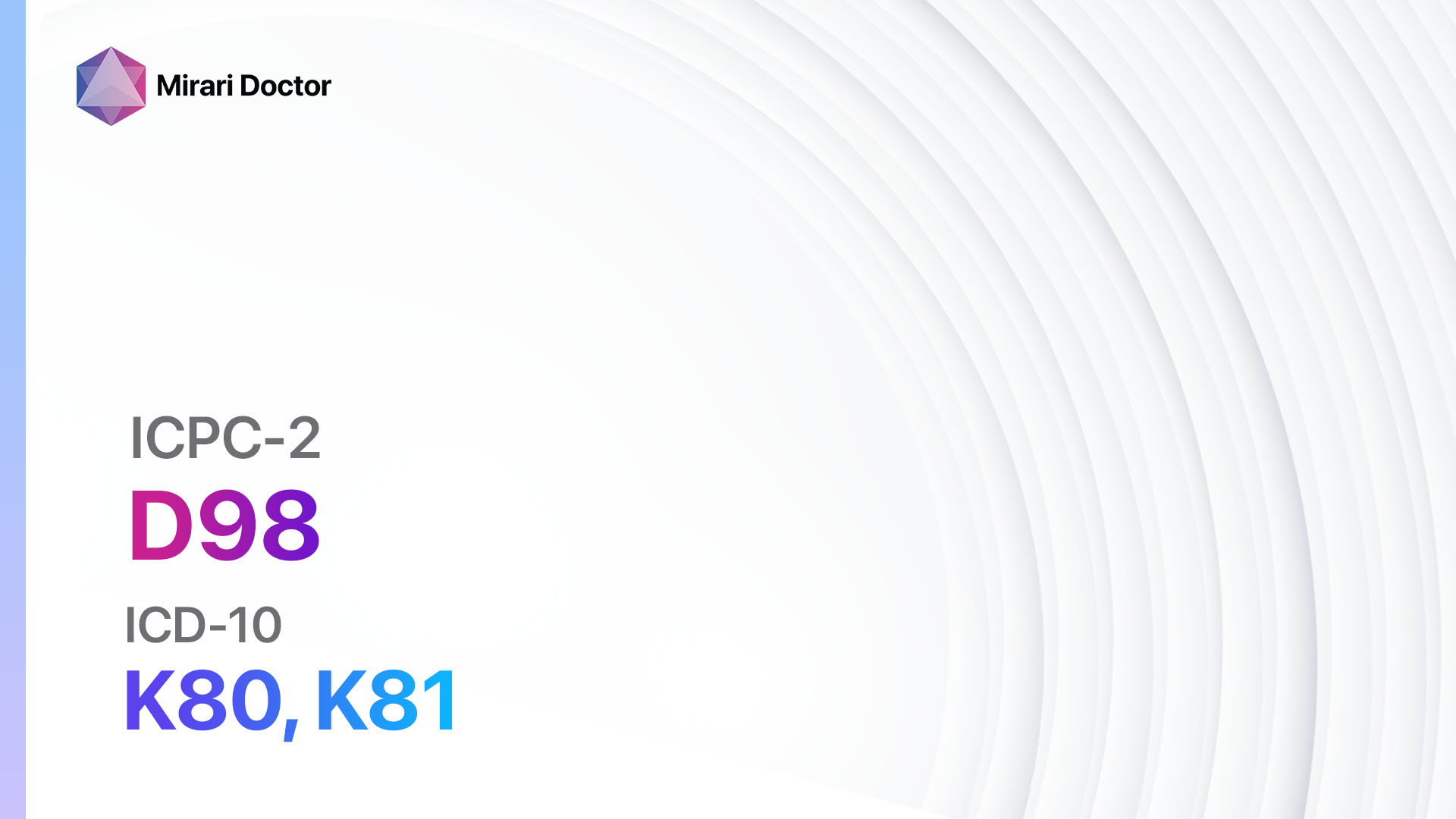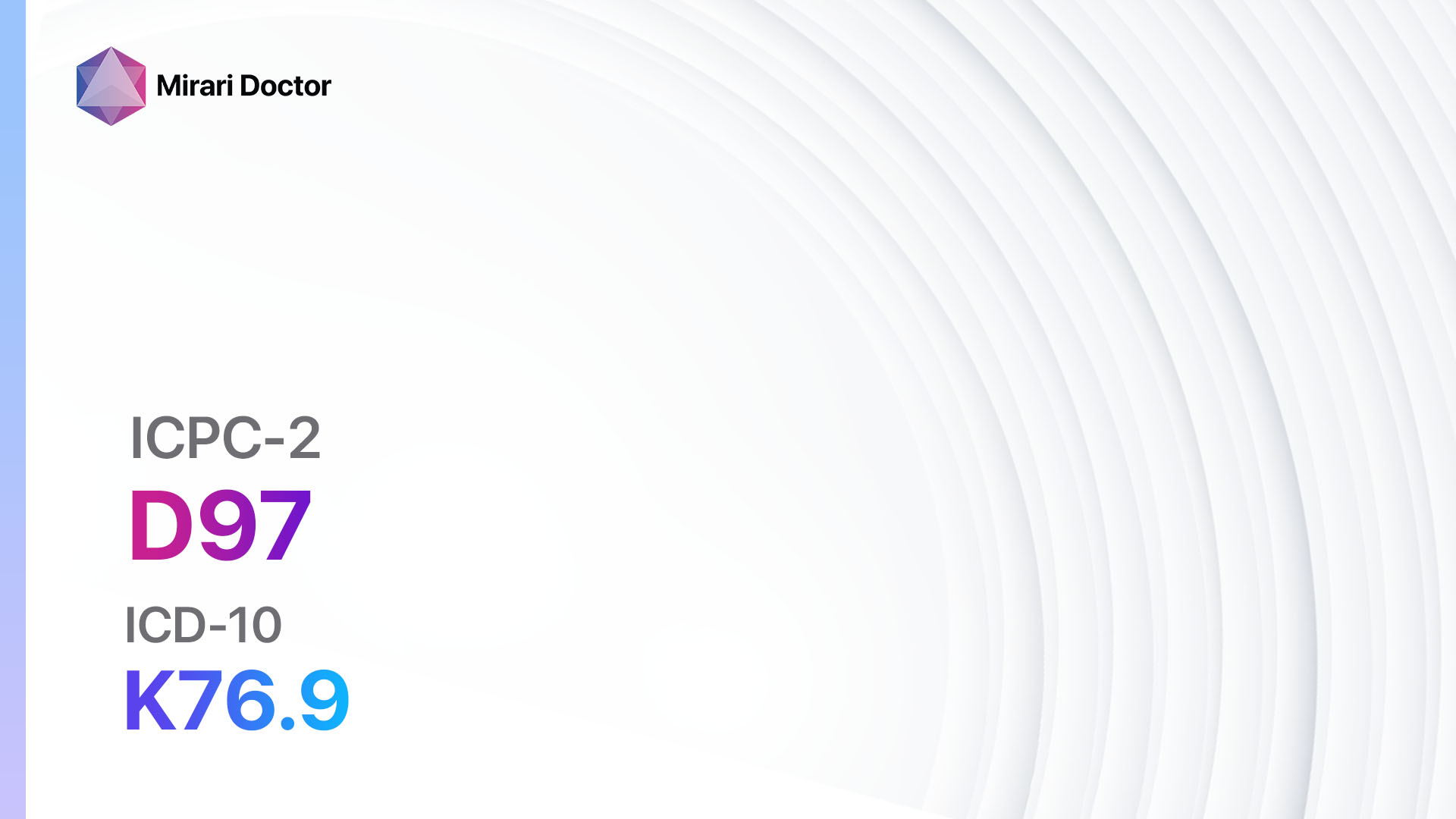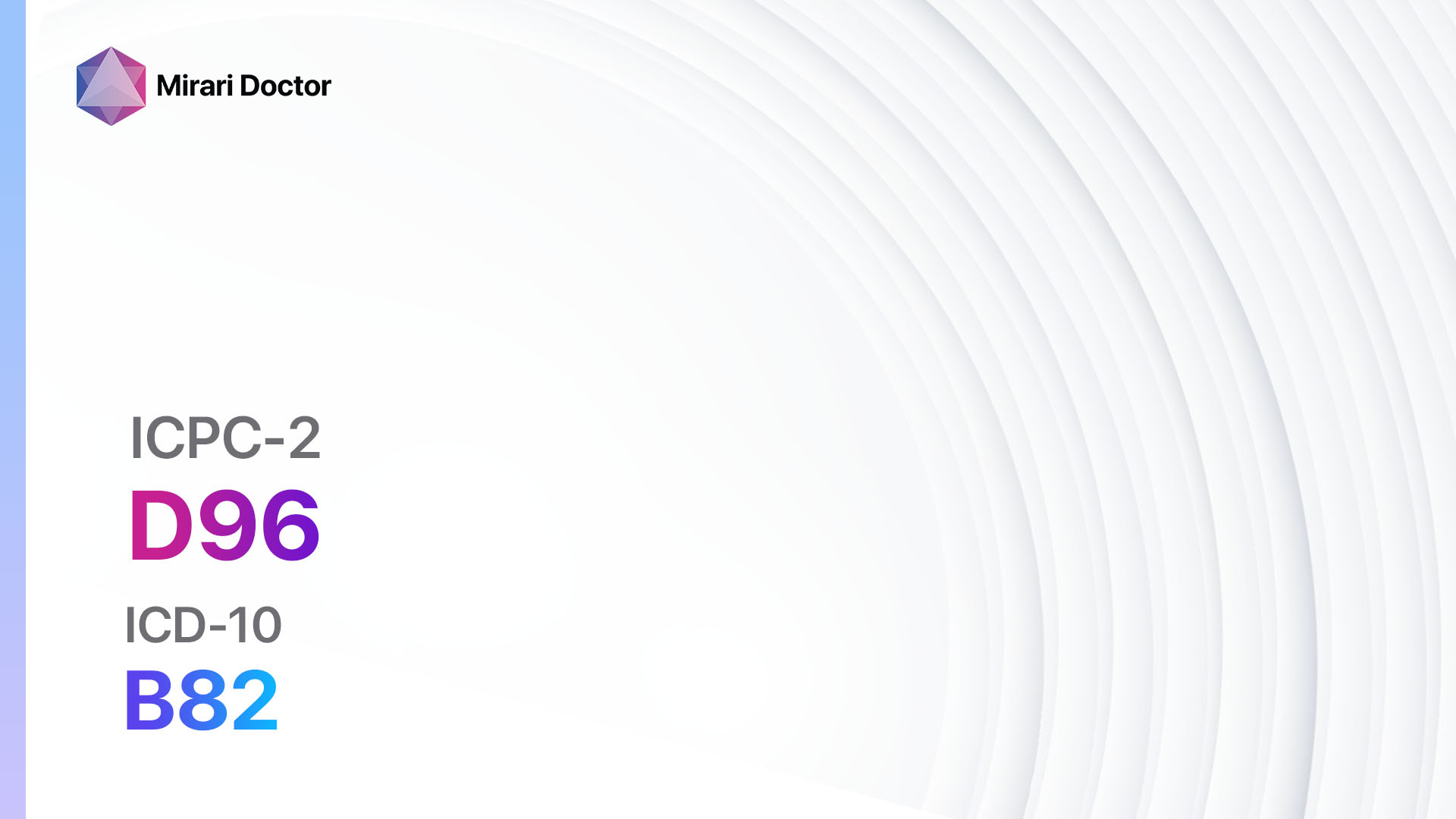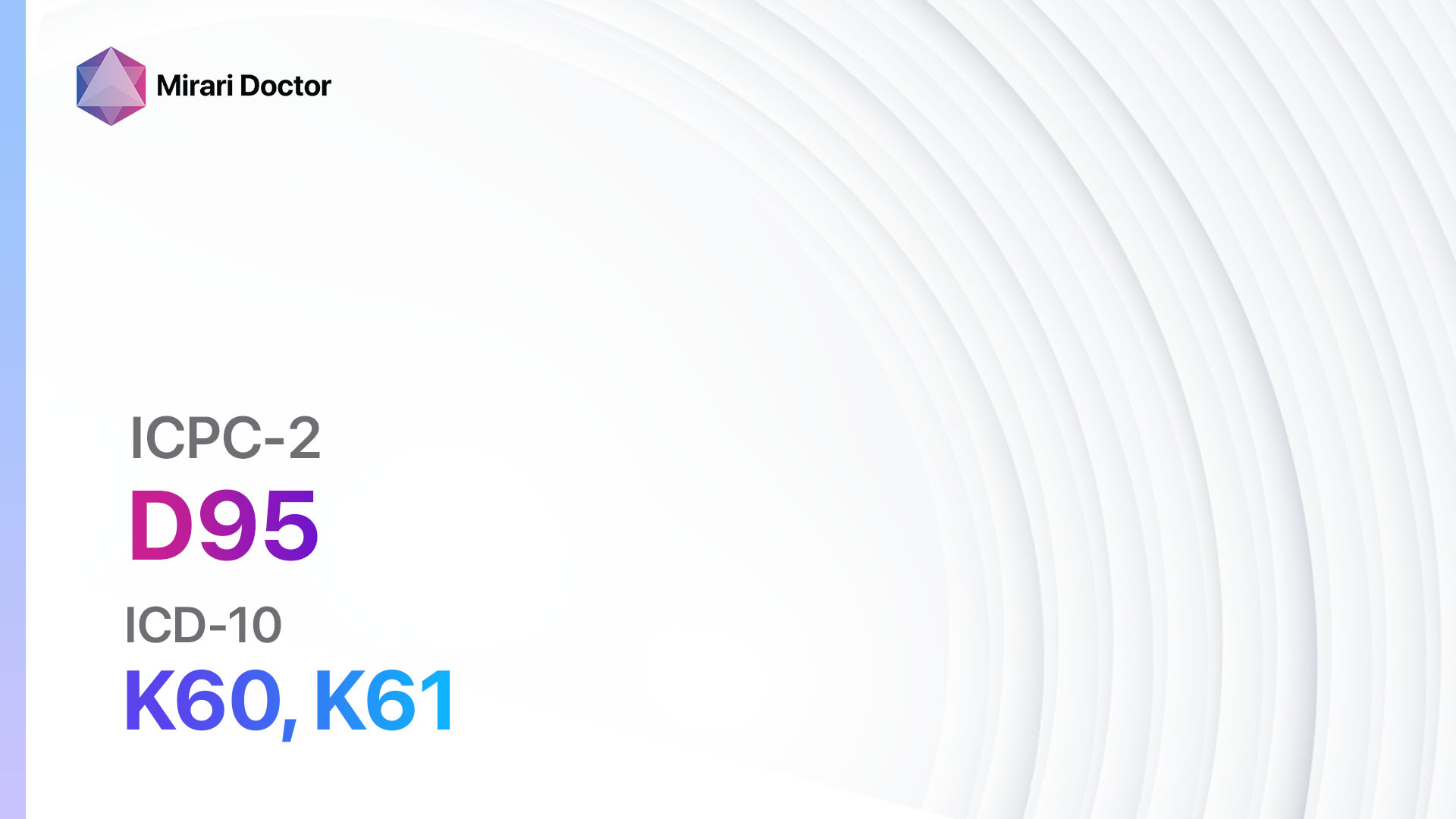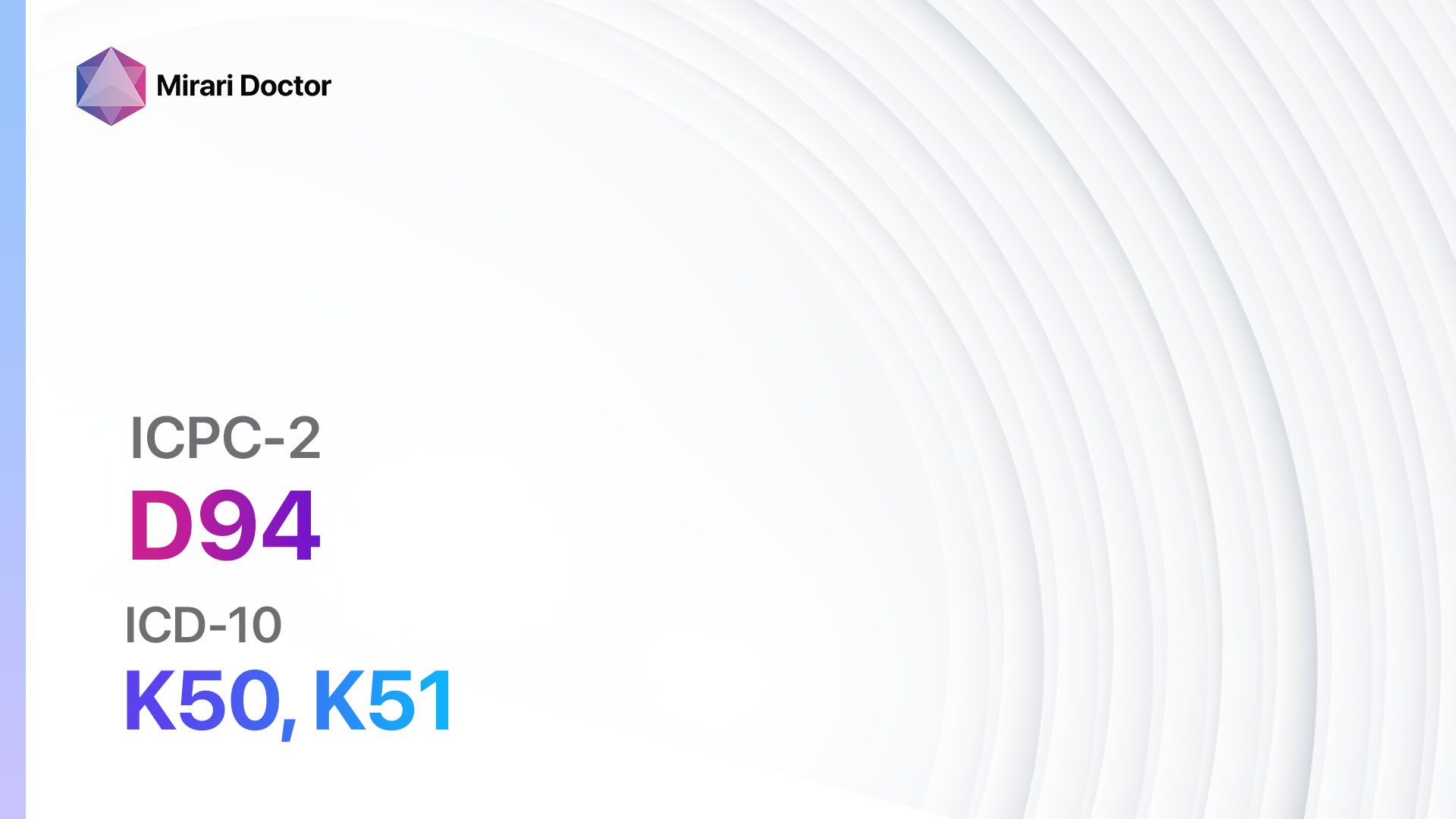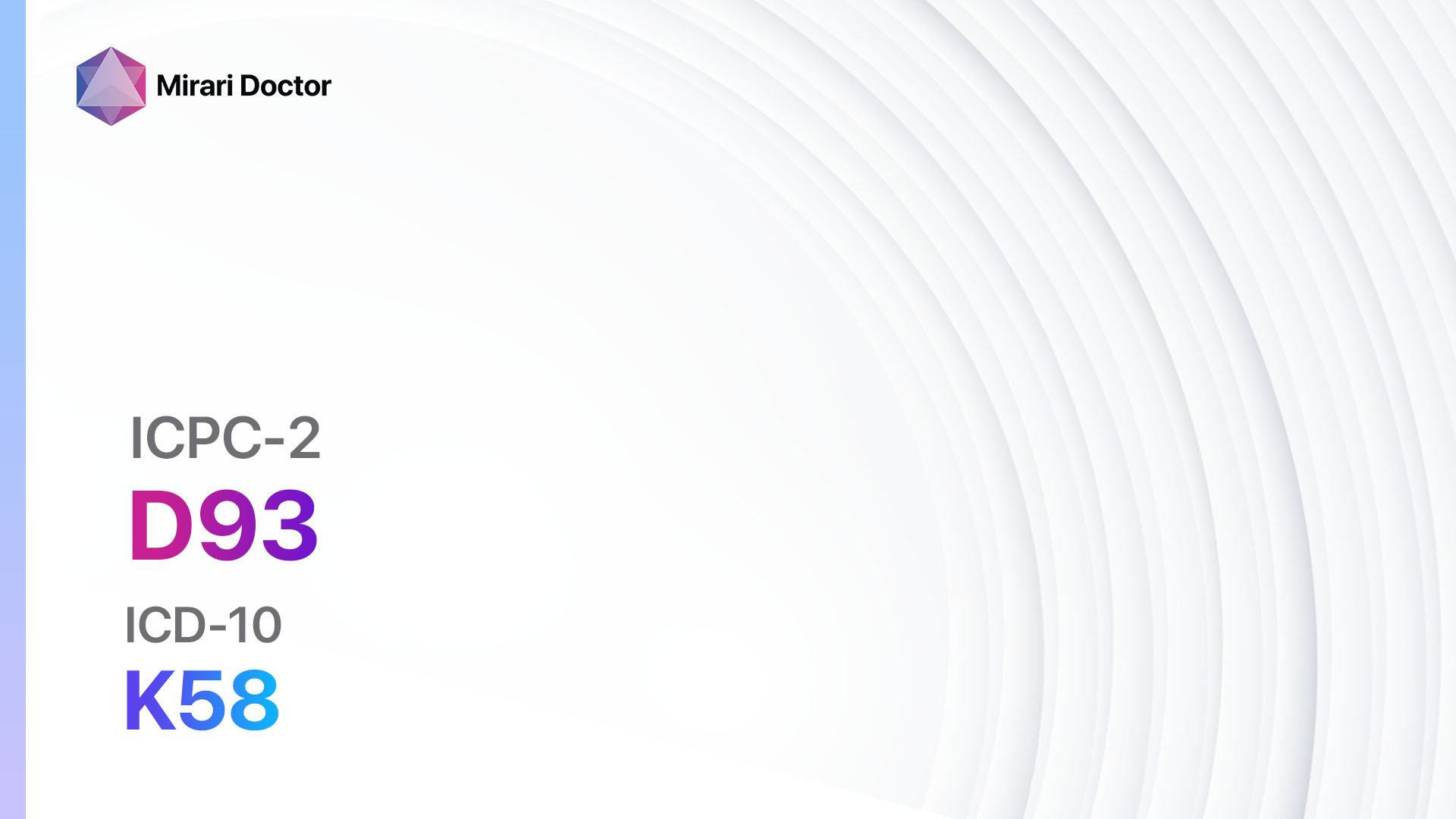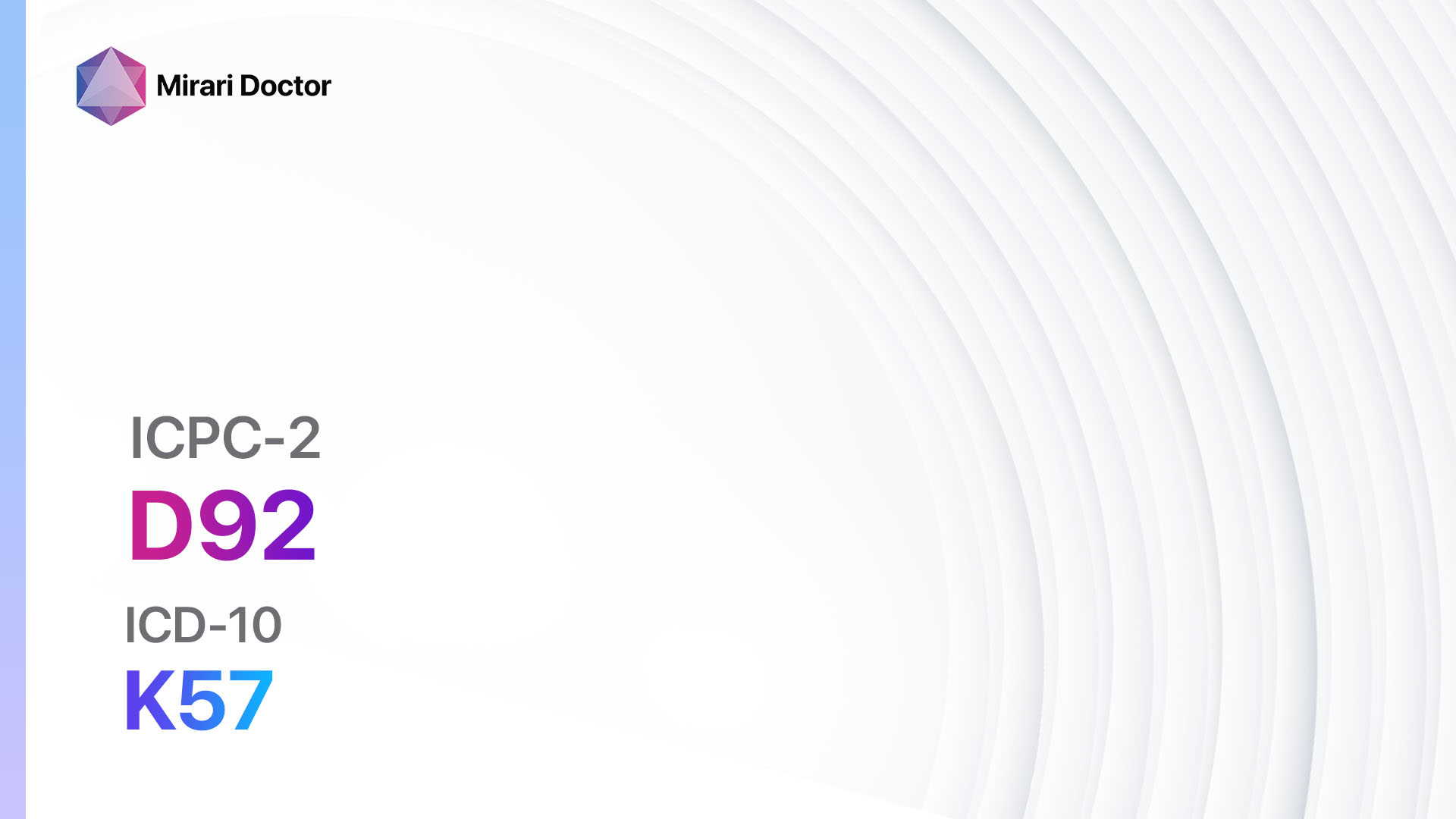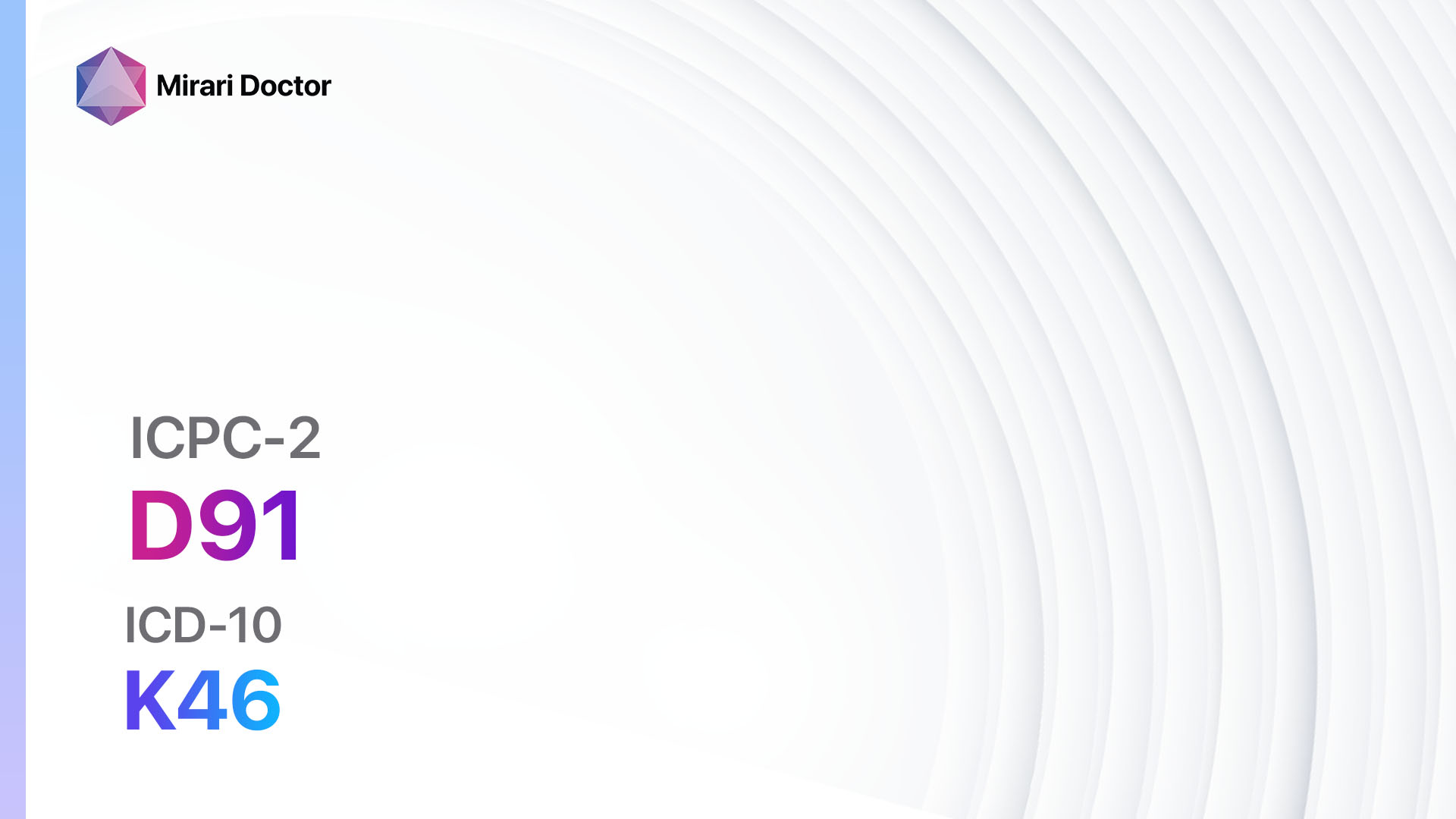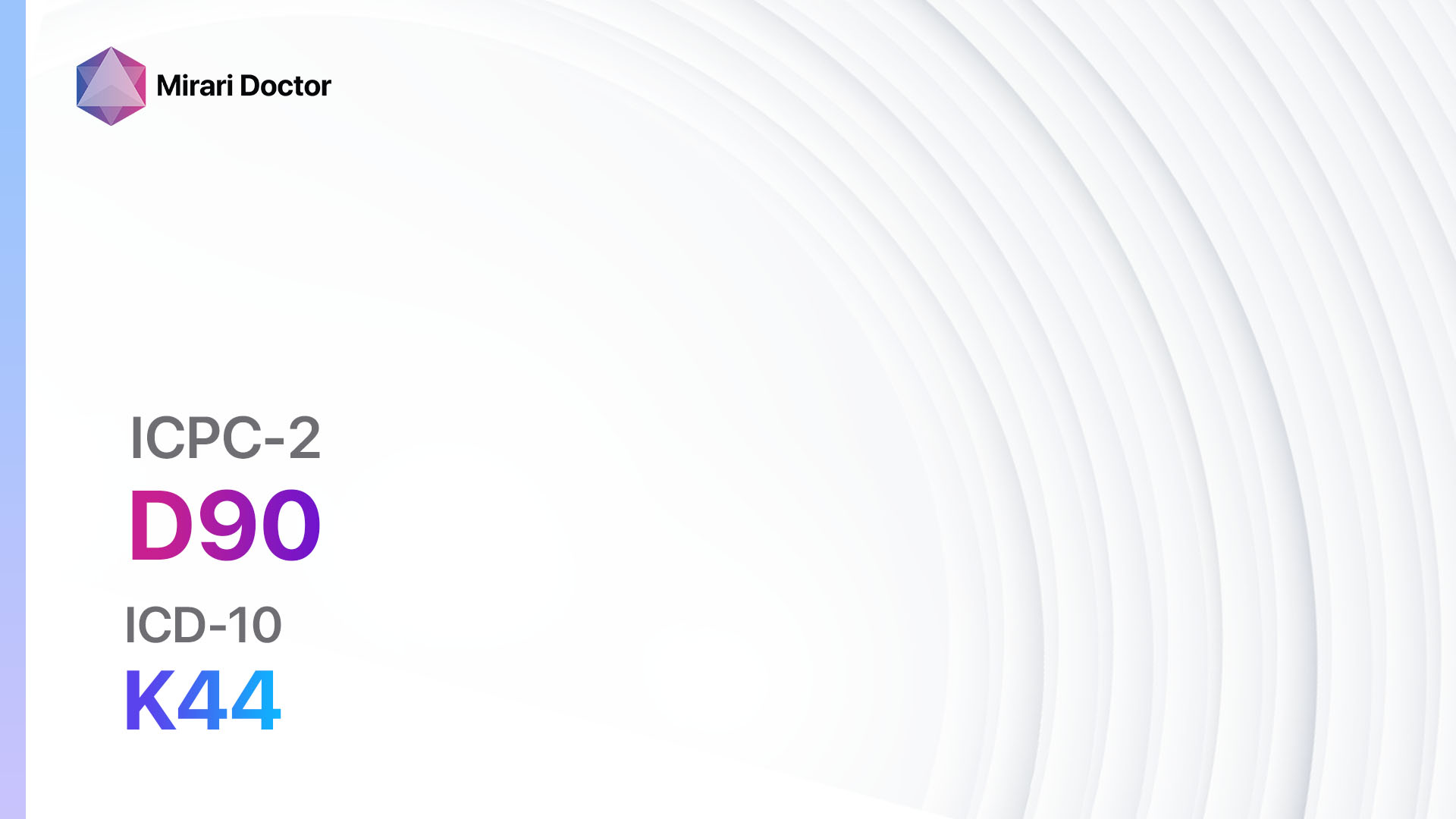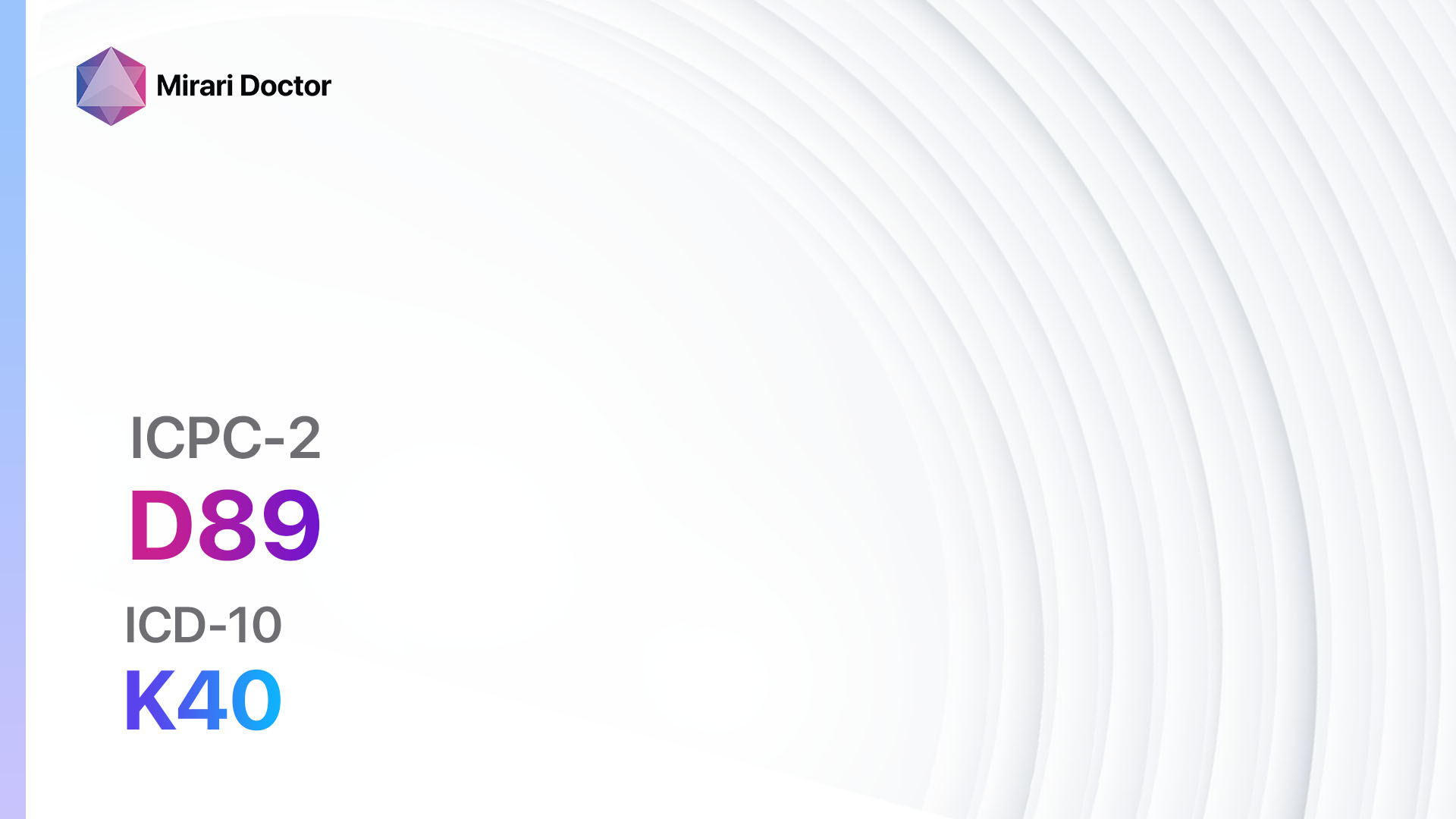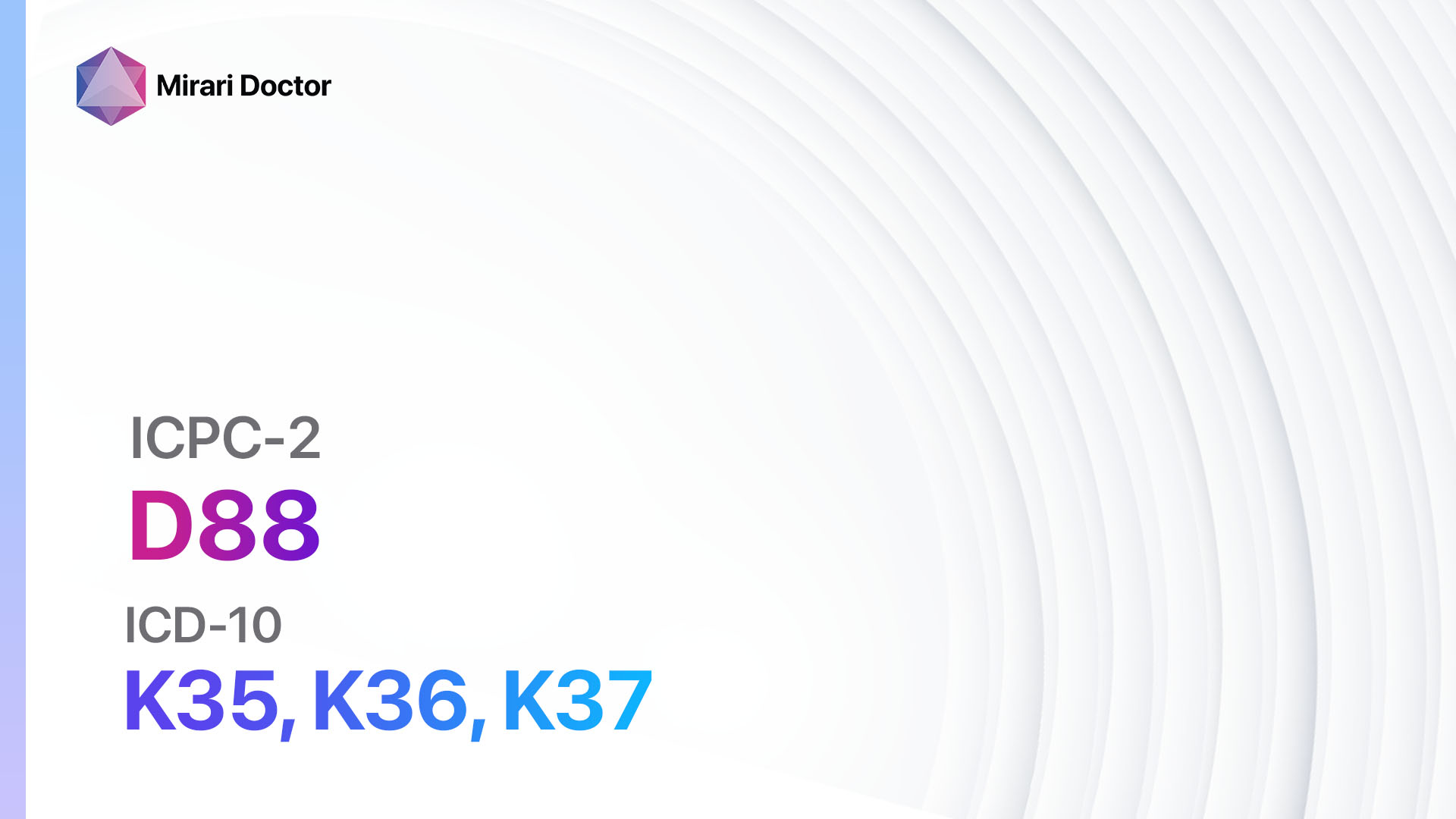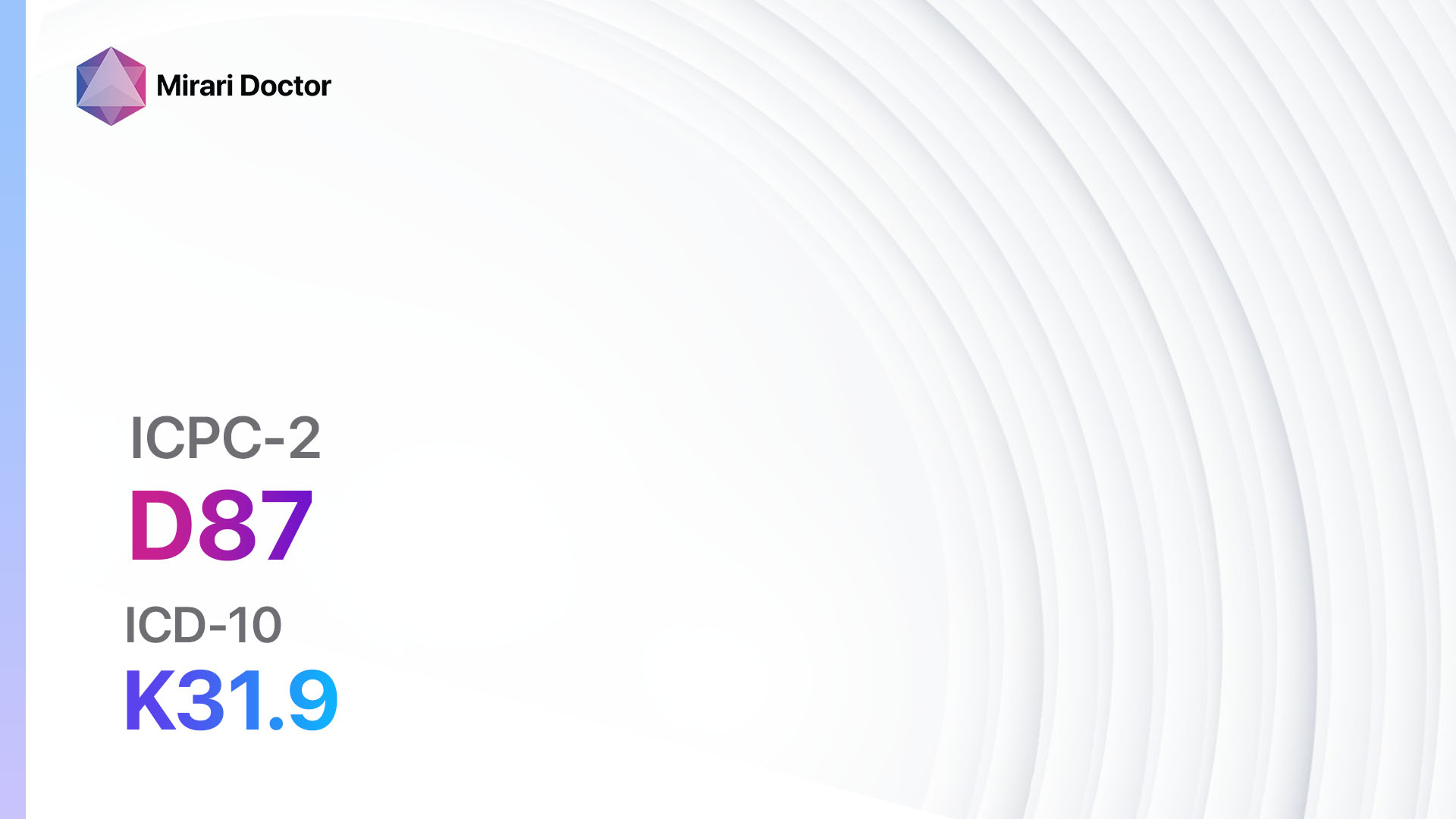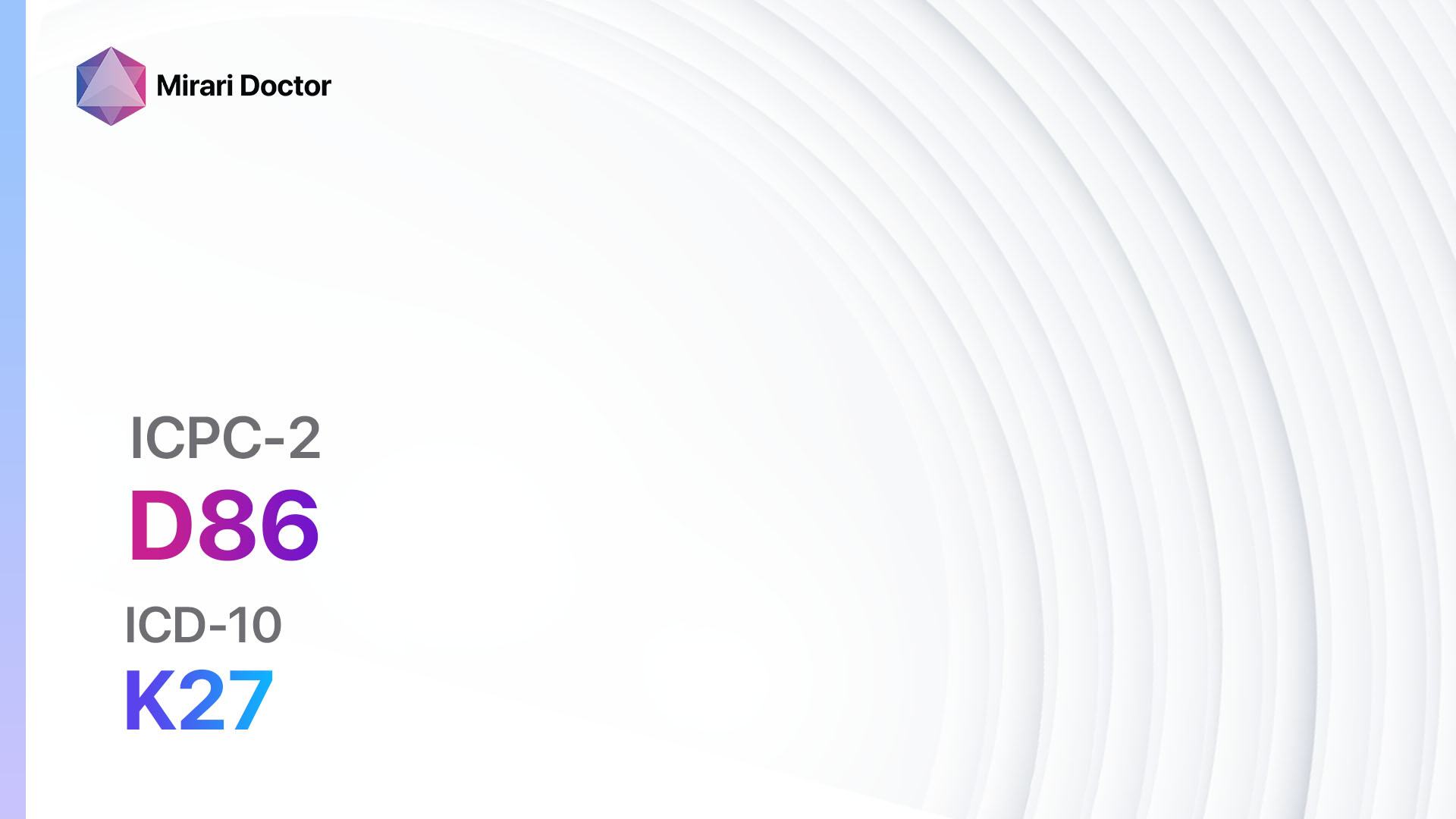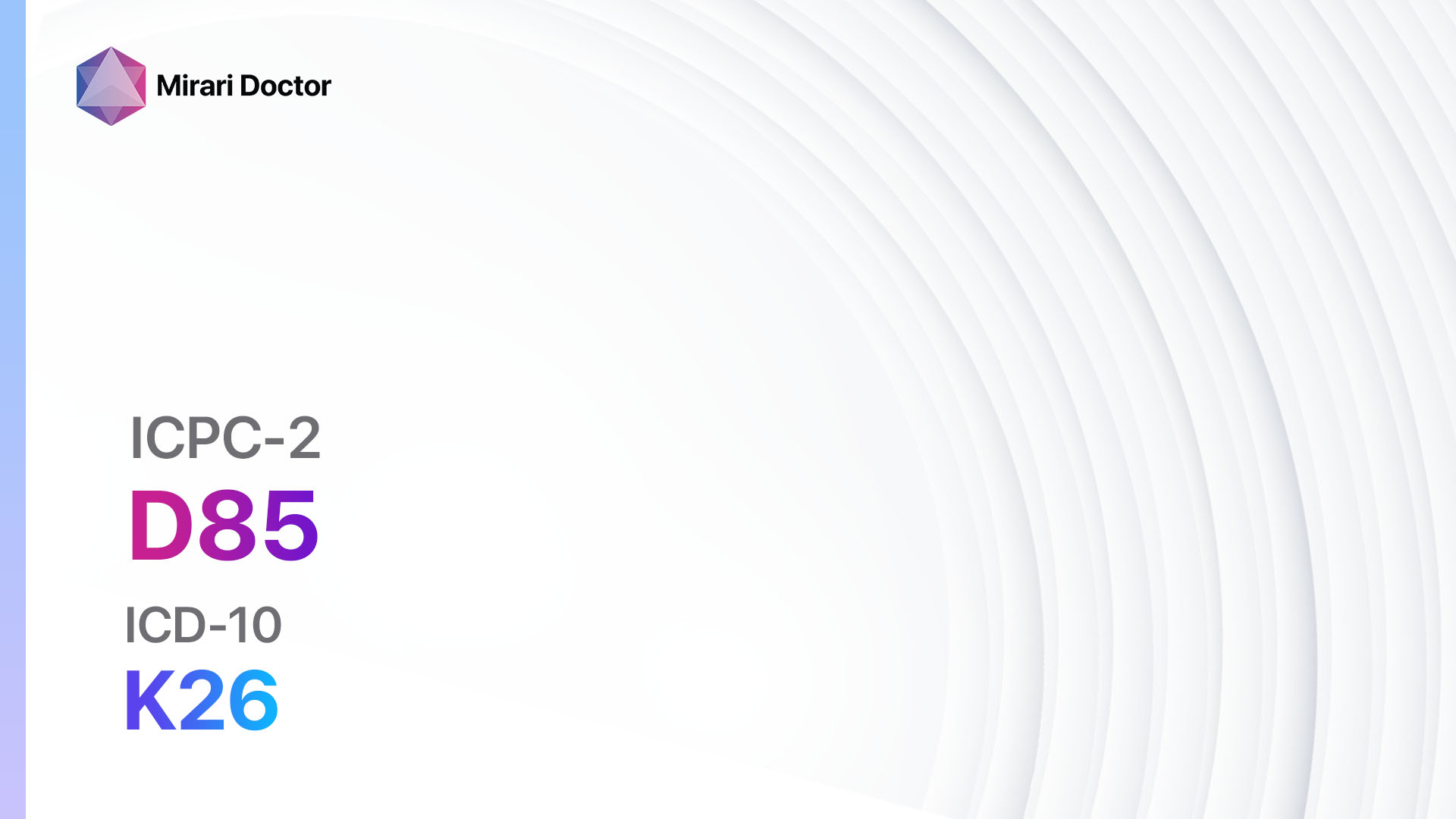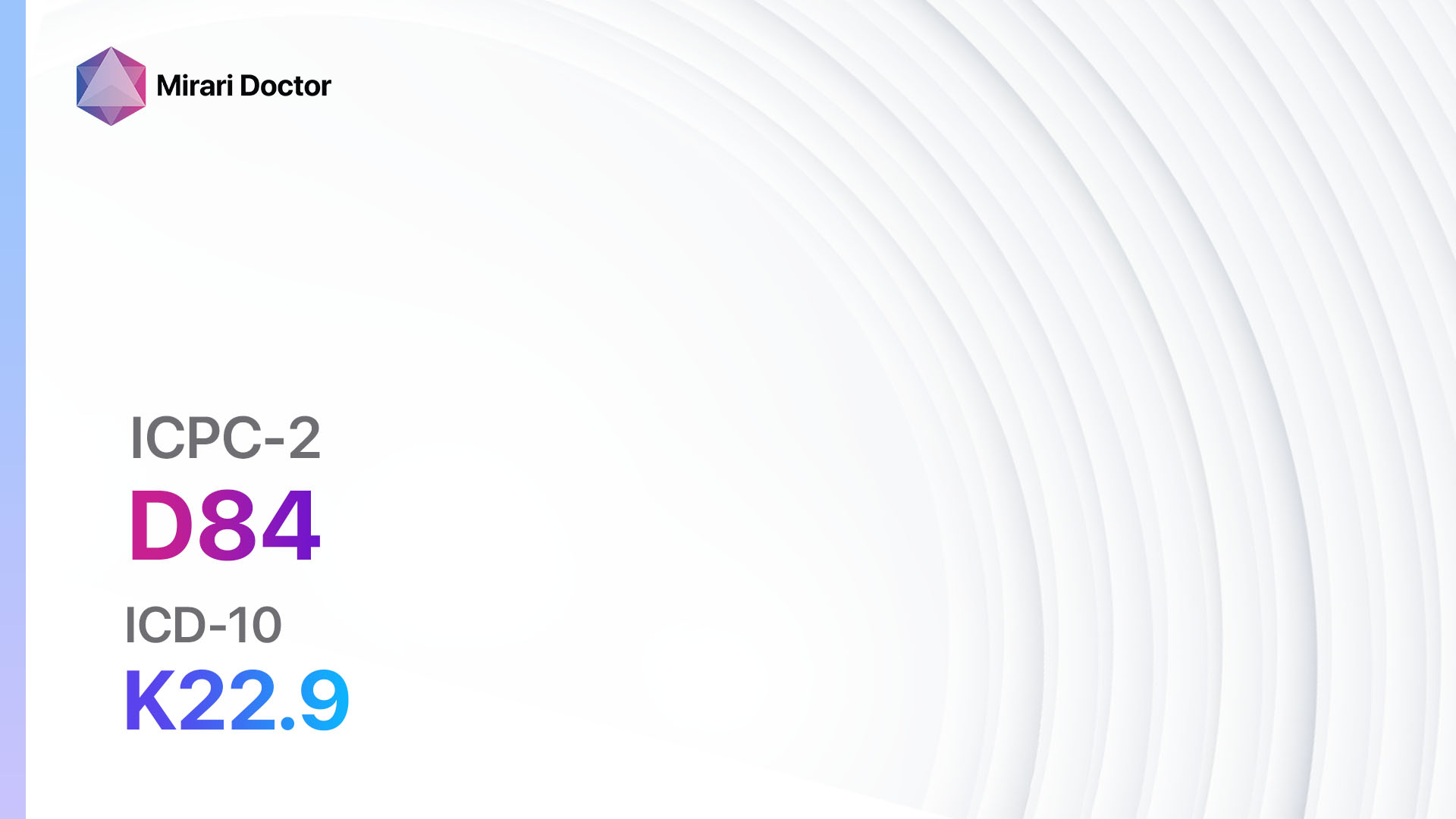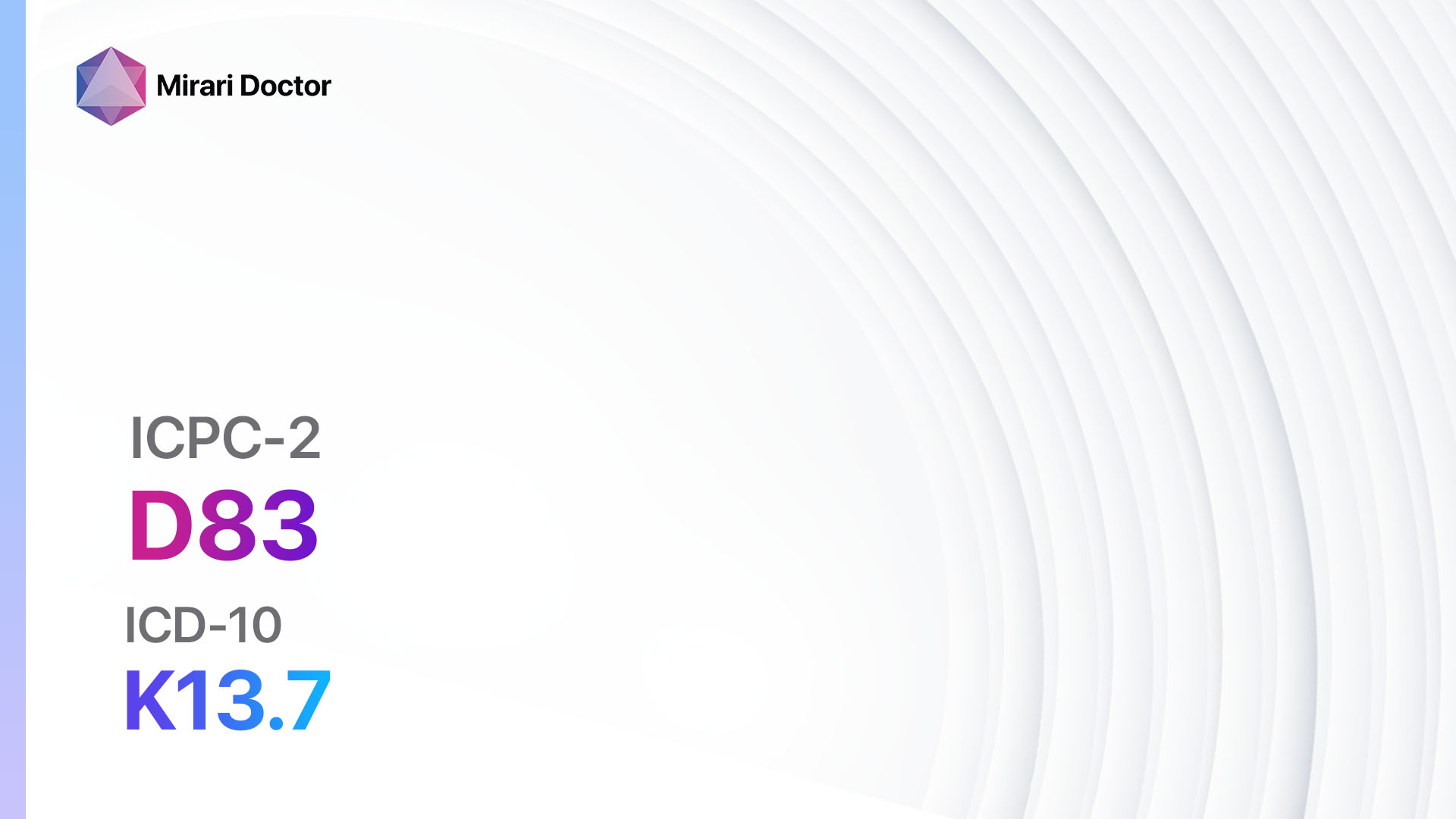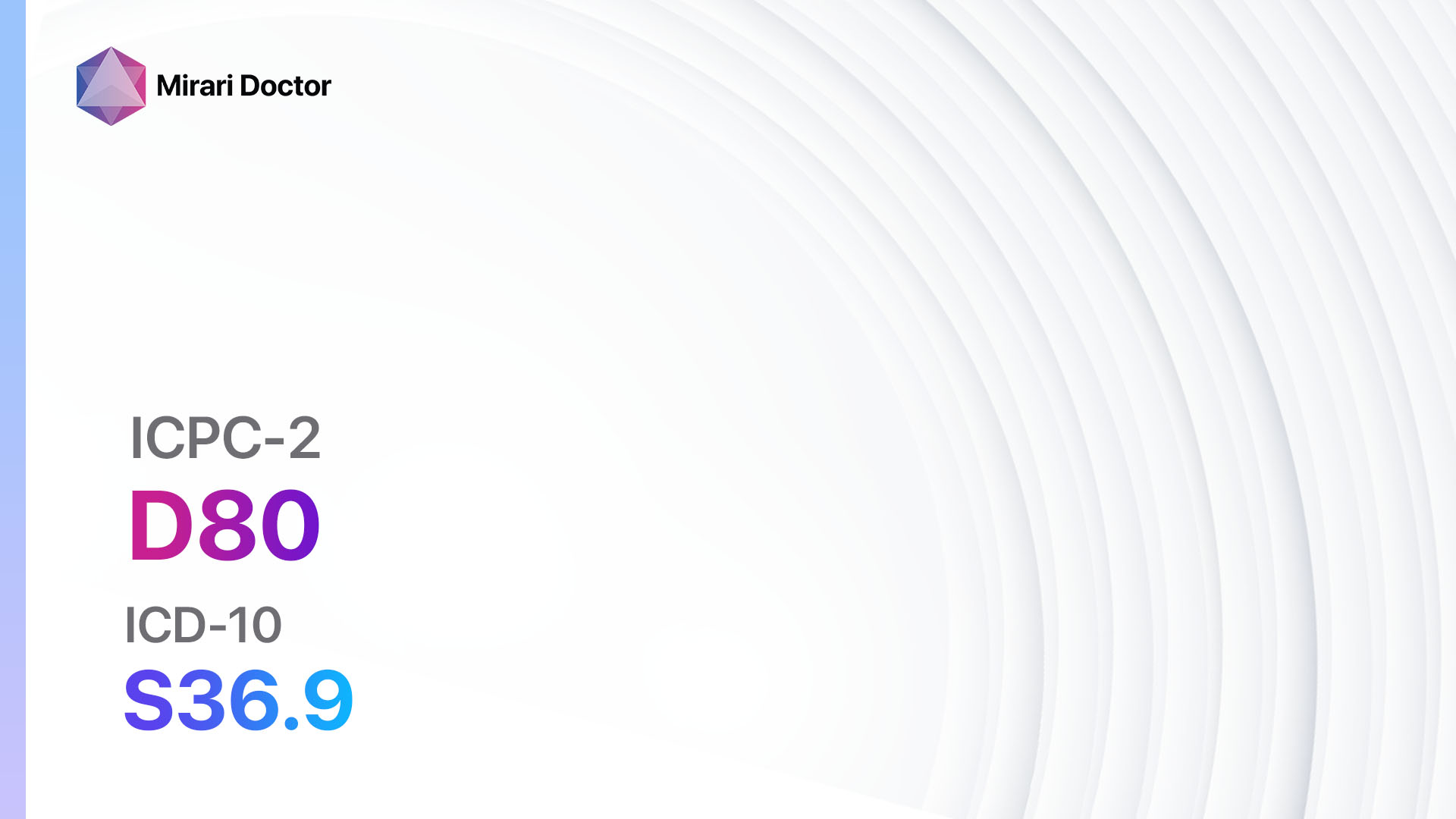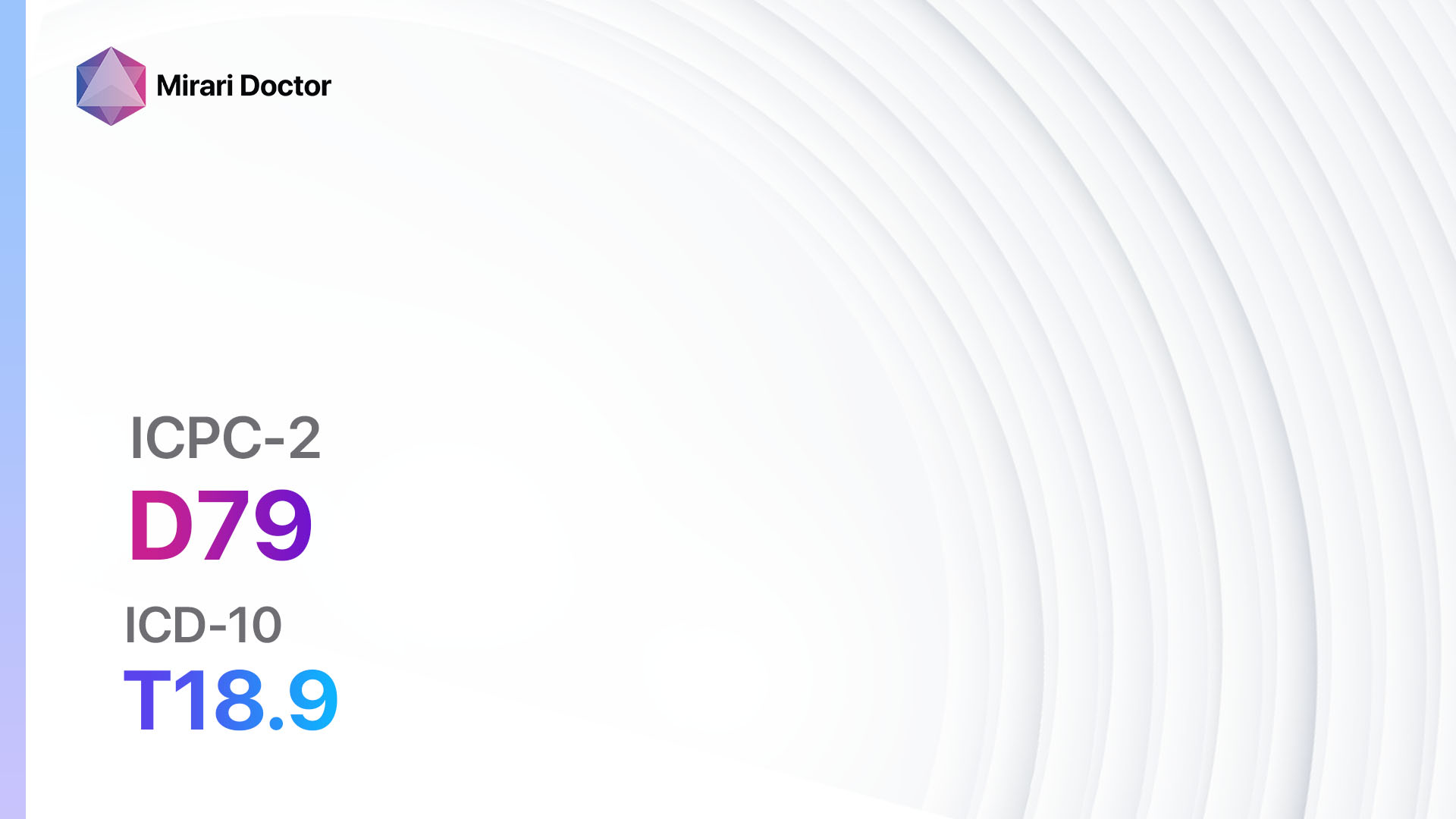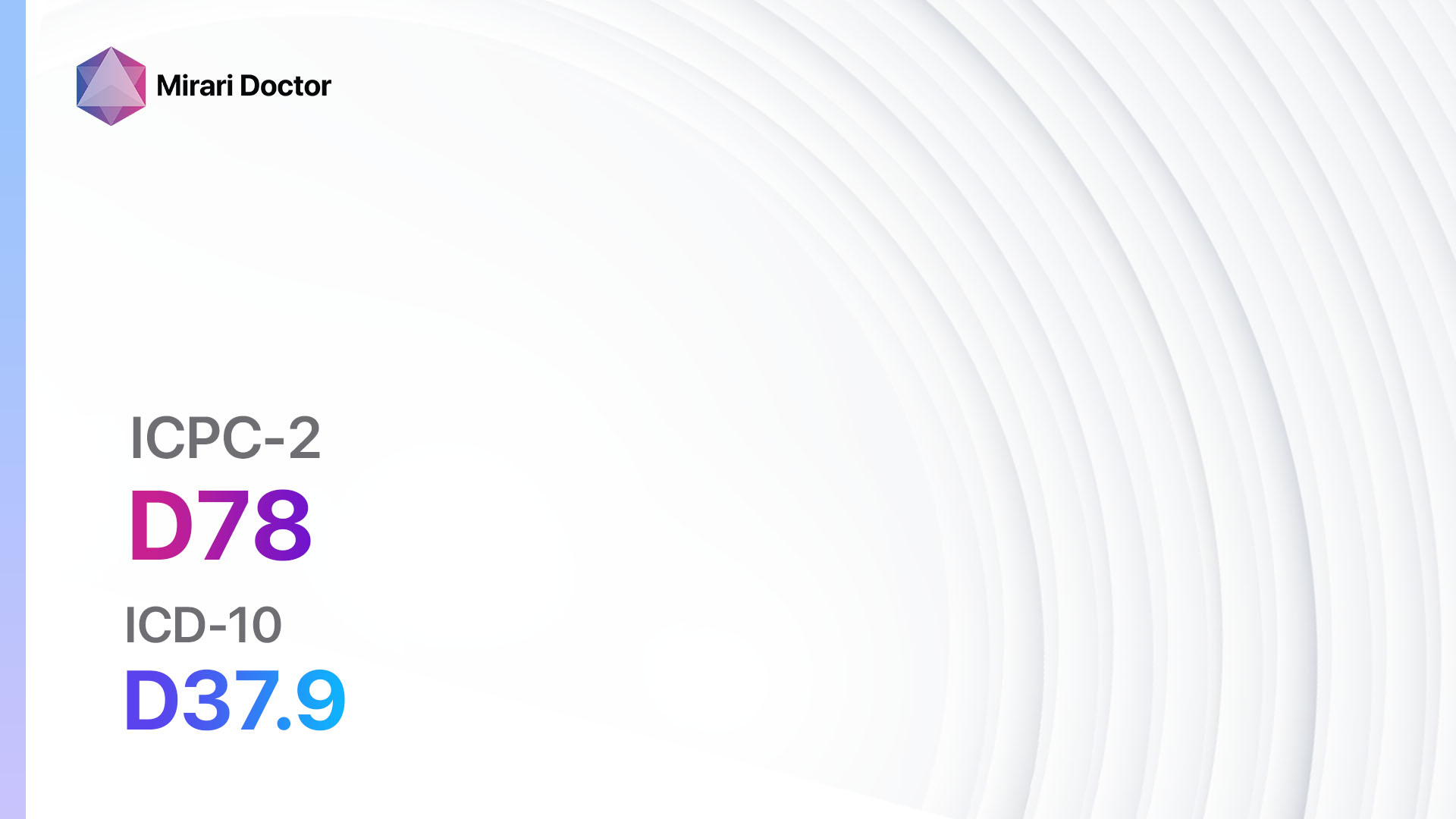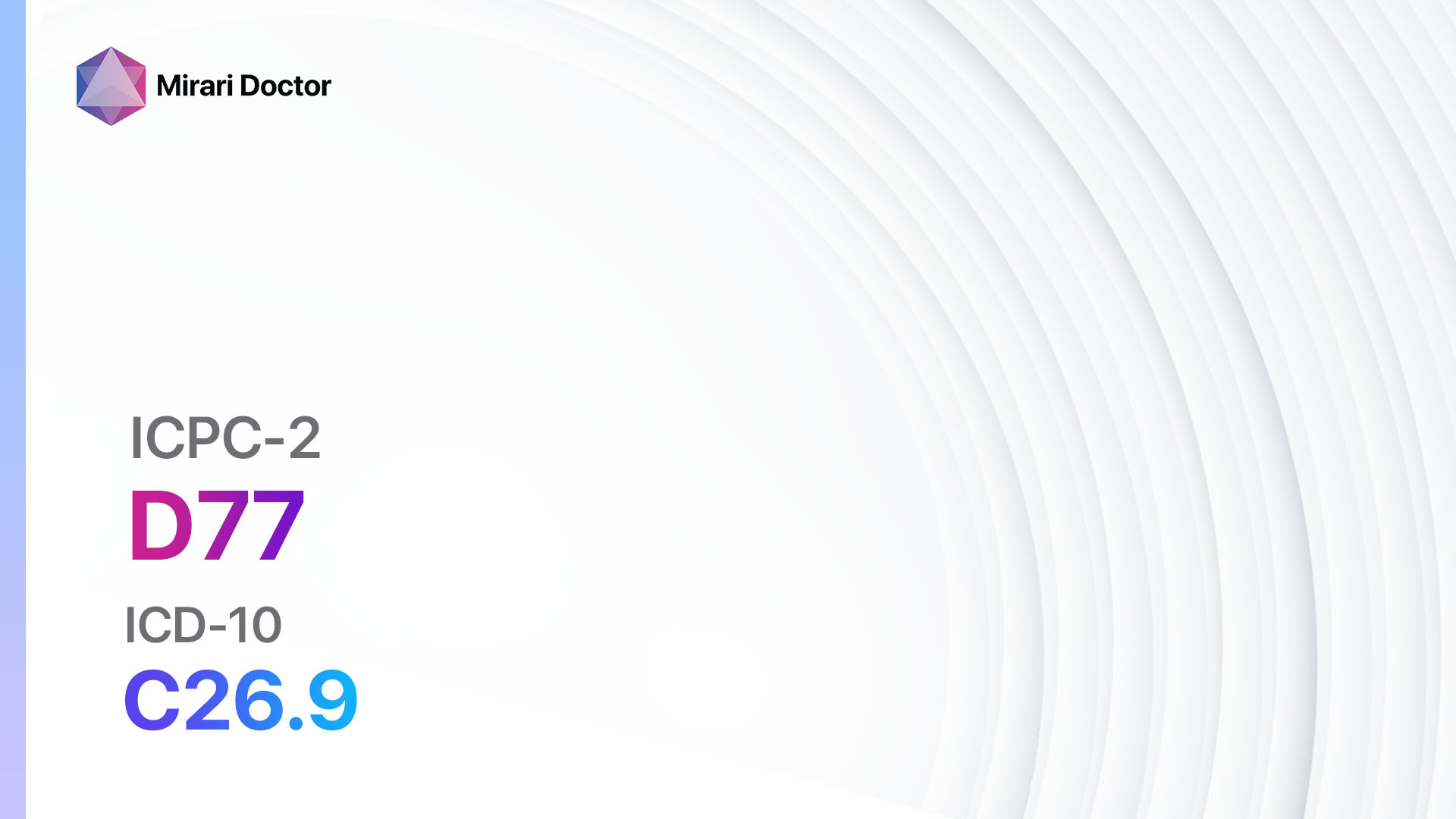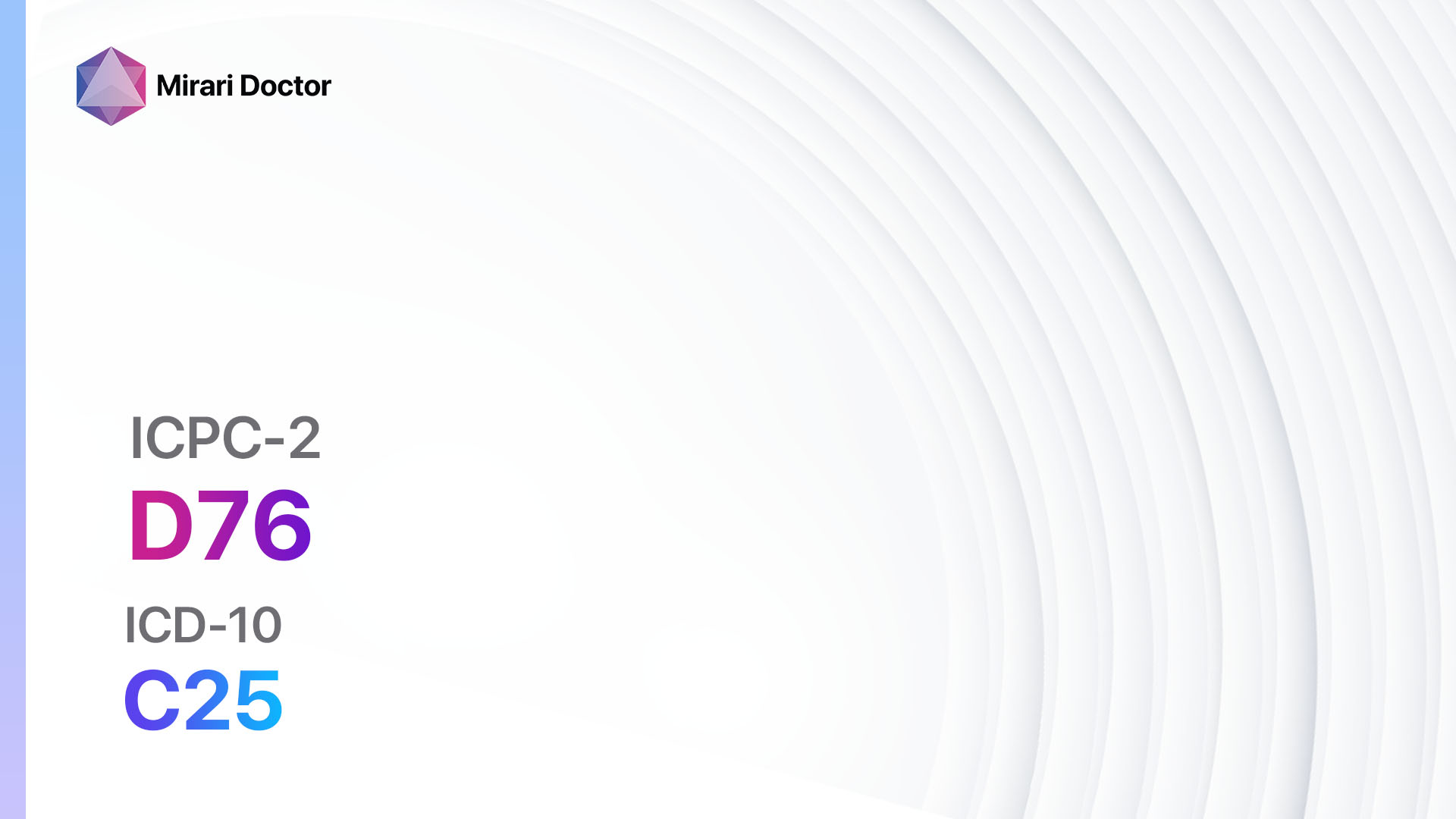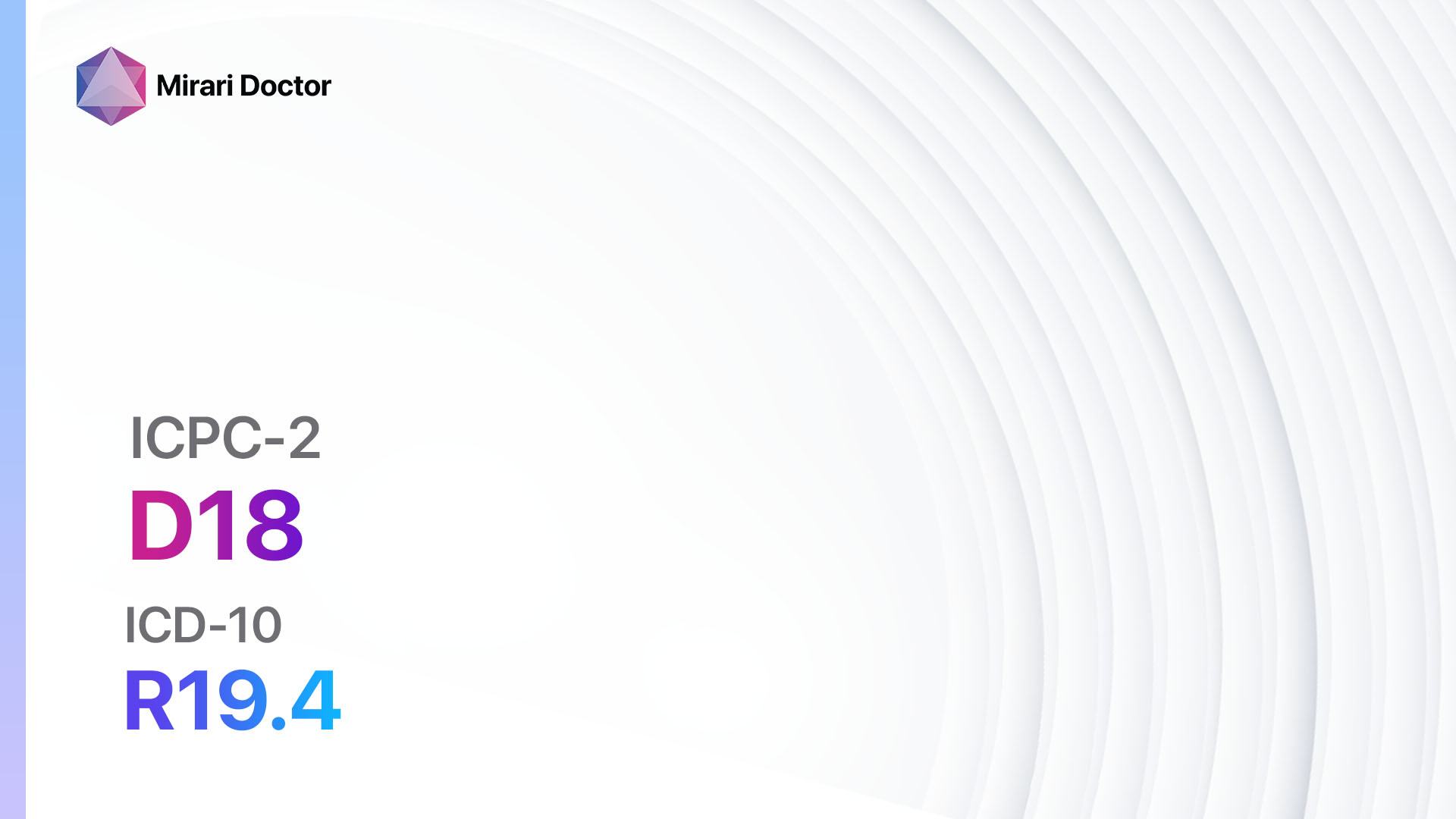
Introduction
Change in faeces or bowel movements refers to any alterations in the frequency, consistency, color, or odor of stool. It is a common symptom that can be caused by various factors, ranging from dietary changes to underlying medical conditions.[1] This guide aims to provide an overview of the symptoms, causes, diagnostic steps, possible interventions, and lifestyle modifications related to changes in faeces/bowel movements.
Codes
Symptoms
- Diarrhea: Frequent loose or watery stools.
- Constipation: Difficulty passing stools, infrequent bowel movements.
- Changes in stool color: Stool may appear pale, black, or bloody.
- Changes in stool consistency: Stool may be hard, loose, or contain mucus.
- Changes in stool frequency: Increased or decreased frequency of bowel movements.
- Abdominal pain or cramping: Discomfort or pain in the abdominal region.
- Bloating or gas: Feeling of fullness or increased gas production.[4]
Causes
- Dietary changes: Consuming certain foods or beverages can affect stool consistency and frequency.
- Medications: Some medications can cause changes in bowel movements, such as antibiotics, laxatives, or antacids.
- Infections: Bacterial, viral, or parasitic infections can lead to diarrhea or changes in stool color.
- Digestive disorders: Conditions like irritable bowel syndrome (IBS), inflammatory bowel disease (IBD), or celiac disease can cause changes in bowel movements.
- Intestinal obstruction: Blockage in the intestines can lead to constipation or changes in stool consistency.
- Hormonal changes: Hormonal imbalances, such as those occurring during pregnancy or menopause, can affect bowel movements.
- Stress or anxiety: Emotional factors can influence bowel movements.
- Medical conditions: Certain medical conditions, such as thyroid disorders or diabetes, can cause changes in bowel movements.[5]
Diagnostic Steps
Medical History
- Gather information about the patient’s symptoms, including the duration, frequency, and severity of changes in bowel movements.
- Inquire about any recent dietary changes, medication use, or travel history.
- Assess the presence of other symptoms, such as abdominal pain, bloating, or weight loss.
- Identify any risk factors or underlying medical conditions that may contribute to changes in bowel movements.[6]
Physical Examination
- Perform a comprehensive physical examination, focusing on the abdomen to assess for tenderness, distension, or masses.
- Check vital signs, including temperature, heart rate, and blood pressure.
- Evaluate the patient’s overall appearance and signs of dehydration or malnutrition.[7]
Laboratory Tests
- Stool analysis: Collect a stool sample to check for the presence of infection, blood, or other abnormalities.
- Blood tests: Measure blood cell counts, electrolyte levels, liver function, and markers of inflammation.
- Celiac disease testing: Screen for antibodies associated with celiac disease if gluten intolerance is suspected.
- Thyroid function tests: Assess thyroid hormone levels to rule out thyroid disorders.
- Diabetes screening: Measure fasting blood glucose levels to evaluate for diabetes.[8]
Diagnostic Imaging
- Abdominal X-ray: May be used to identify signs of intestinal obstruction or other structural abnormalities.
- Abdominal ultrasound: Provides detailed images of the abdomen to assess the organs and detect any abnormalities.
- CT scan: Offers cross-sectional images of the abdomen to evaluate the gastrointestinal tract and surrounding structures.
- Colonoscopy or sigmoidoscopy: Invasive procedures that allow direct visualization of the colon and rectum to detect any abnormalities or take biopsies.[9]
Other Tests
- Food intolerance testing: Identify any food intolerances or allergies that may be causing changes in bowel movements.
- Hydrogen breath test: Assess for conditions like lactose intolerance or small intestinal bacterial overgrowth (SIBO).
- Endoscopy: Invasive procedure that allows visualization of the upper gastrointestinal tract to identify any abnormalities or take biopsies.[10]
Follow-up and Patient Education
- Schedule follow-up appointments to monitor the patient’s progress and adjust treatment if necessary.
- Provide education on dietary modifications, medication use, and lifestyle changes to manage changes in bowel movements.
- Encourage the patient to maintain a symptom diary to track any patterns or triggers related to their bowel movements.
Possible Interventions
Traditional Interventions
Medications:
Top 5 drugs for changes in faeces/bowel movements:
- Loperamide (Imodium):
- Cost: $5-$15 for a pack of 24 tablets.
- Contraindications: Allergy to loperamide, abdominal pain without diarrhea, bloody or black stools.
- Side effects: Constipation, dizziness, drowsiness.
- Severe side effects: Severe constipation, allergic reactions.
- Drug interactions: None reported.
- Warning: Do not exceed the recommended dose or use for more than 2 days without medical advice.
- Psyllium (Metamucil):
- Cost: $10-$20 for a 48-ounce container.
- Contraindications: Allergy to psyllium, difficulty swallowing, intestinal blockage.
- Side effects: Bloating, gas, stomach cramps.
- Severe side effects: Allergic reactions.
- Drug interactions: None reported.
- Warning: Take with plenty of water and follow the recommended dosage.
- Bismuth subsalicylate (Pepto-Bismol):
- Cost: $5-$10 for a 16-ounce bottle.
- Contraindications: Allergy to salicylates, bleeding disorders, children or teenagers recovering from viral infections.
- Side effects: Darkening of the tongue or stool, constipation.
- Severe side effects: Reye’s syndrome (in children recovering from viral infections).
- Drug interactions: None reported.
- Warning: Do not use for more than 2 days without medical advice.
- Probiotics (e.g., Lactobacillus, Bifidobacterium):
- Cost: $10-$30 for a 30-day supply.
- Contraindications: None reported.
- Side effects: Gas, bloating, mild stomach upset.
- Severe side effects: None reported.
- Drug interactions: None reported.
- Warning: Choose a reputable brand and follow the recommended dosage.
- Antispasmodics (e.g., Dicyclomine, Hyoscyamine):
- Cost: $10-$30 for a 30-day supply.
- Contraindications: Glaucoma, urinary retention, myasthenia gravis.
- Side effects: Dry mouth, blurred vision, dizziness.
- Severe side effects: Rapid heartbeat, difficulty urinating.
- Drug interactions: None reported.
- Warning: Take as directed and avoid alcohol or other sedatives.
Alternative Drugs:
- Lubiprostone (Amitiza): Used for chronic idiopathic constipation or irritable bowel syndrome with constipation. Cost: $300-$400 for a 30-day supply.
- Rifaximin (Xifaxan): Antibiotic used for travelers’ diarrhea or irritable bowel syndrome with diarrhea. Cost: $1,200-$1,500 for a 14-day supply.
- Linaclotide (Linzess): Used for chronic idiopathic constipation or irritable bowel syndrome with constipation. Cost: $300-$400 for a 30-day supply.
- Alosetron (Lotronex): Used for women with severe diarrhea-predominant irritable bowel syndrome. Cost: $300-$400 for a 30-day supply.
- Eluxadoline (Viberzi): Used for irritable bowel syndrome with diarrhea. Cost: $300-$400 for a 30-day supply.
Surgical Procedures:
- Surgery is typically not indicated for changes in faeces/bowel movements unless there is an underlying condition that requires surgical intervention, such as intestinal obstruction or colorectal cancer.
Alternative Interventions
- Acupuncture: May help improve bowel function and reduce symptoms. Cost: $60-$120 per session.
- Herbal supplements: Certain herbs, such as peppermint oil or ginger, may have potential benefits for digestive health. Cost: Varies depending on the specific supplement.
- Probiotic foods: Consuming foods rich in probiotics, such as yogurt or sauerkraut, may help restore gut flora. Cost: Varies depending on the specific food.
- Mind-body techniques: Practices like yoga, meditation, or deep breathing exercises can help reduce stress and improve digestion. Cost: Varies depending on the specific practice.
- Dietary modifications: Adjusting the diet to include more fiber, fluids, and avoiding trigger foods may help regulate bowel movements. Cost: Varies depending on individual food choices.
Lifestyle Interventions
- Regular exercise: Engaging in physical activity can help stimulate bowel movements and improve overall digestive health. Cost: Varies depending on individual preferences (e.g., gym membership, equipment).
- Hydration: Drinking an adequate amount of water can prevent dehydration and promote regular bowel movements. Cost: Minimal.
- Stress management: Finding healthy ways to manage stress, such as through relaxation techniques or counseling, can help improve bowel function. Cost: Varies depending on the specific method chosen.
- Toilet habits: Establishing a regular toilet routine and taking time to fully empty the bowels can help prevent constipation. Cost: Minimal.
- Dietary changes: Increasing fiber intake, consuming probiotic-rich foods, and avoiding trigger foods (e.g., spicy or fatty foods) can promote healthy bowel movements. Cost: Varies depending on individual food choices.
It is important to note that the cost ranges provided are approximate and may vary depending on the location and availability of the interventions.
Mirari Cold Plasma Alternative Intervention
Understanding Mirari Cold Plasma
- Safe and Non-Invasive Treatment: Mirari Cold Plasma is a safe and non-invasive treatment option for various skin conditions. It does not require incisions, minimizing the risk of scarring, bleeding, or tissue damage.
- Efficient Extraction of Foreign Bodies: Mirari Cold Plasma facilitates the removal of foreign bodies from the skin by degrading and dissociating organic matter, allowing easier access and extraction.
- Pain Reduction and Comfort: Mirari Cold Plasma has a local analgesic effect, providing pain relief during the treatment, making it more comfortable for the patient.
- Reduced Risk of Infection: Mirari Cold Plasma has antimicrobial properties, effectively killing bacteria and reducing the risk of infection.
- Accelerated Healing and Minimal Scarring: Mirari Cold Plasma stimulates wound healing and tissue regeneration, reducing healing time and minimizing the formation of scars.
Mirari Cold Plasma Prescription
Video instructions for using Mirari Cold Plasma Device – D18 Change in feces/bowel movements (ICD-10:R19.4)
| Mild | Moderate | Severe |
| Mode setting: 1 (Infection) Location: 2 (Prostate & Uterus) Morning: 15 minutes, Evening: 15 minutes |
Mode setting: 1 (Infection) Location: 2 (Prostate & Uterus) Morning: 30 minutes, Lunch: 30 minutes, Evening: 30 minutes |
Mode setting: 1 (Infection) Location: 2 (Prostate & Uterus) Morning: 30 minutes, Lunch: 30 minutes, Evening: 30 minutes |
| Mode setting: 2 (Wound Healing) Location: 3 (Kidney, Liver & Spleen) Morning: 15 minutes, Evening: 15 minutes |
Mode setting: 2 (Wound Healing) Location: 3 (Kidney, Liver & Spleen) Morning: 30 minutes, Lunch: 30 minutes, Evening: 30 minutes |
Mode setting: 2 (Wound Healing) Location: 3 (Kidney, Liver & Spleen) Morning: 30 minutes, Lunch: 30 minutes, Evening: 30 minutes |
| Mode setting: 6 (Liver/Kidney Therapy) Location: 2 (Prostate & Uterus) Morning: 15 minutes, Evening: 15 minutes |
Mode setting: 6 (Liver/Kidney Therapy) Location: 2 (Prostate & Uterus) Morning: 30 minutes, Lunch: 30 minutes, Evening: 30 minutes |
Mode setting: 6 (Liver/Kidney Therapy) Location: 2 (Prostate & Uterus) Morning: 30 minutes, Lunch: 30 minutes, Evening: 30 minutes |
| Total Morning: 45 minutes approx. $7.50 USD, Evening: 45 minutes approx. $7.50 USD |
Total Morning: 90 minutes approx. $15 USD, Lunch: 90 minutes approx. $15 USD, Evening: 90 minutes approx. $15 USD, |
Total Morning: 90 minutes approx. $15 USD, Lunch: 90 minutes approx. $15 USD, Evening: 90 minutes approx. $15 USD, |
| Usual treatment for 7-60 days approx. $105 USD – $900 USD | Usual treatment for 6-8 weeks approx. $1,890 USD – $2,520 USD |
Usual treatment for 3-6 months approx. $4,050 USD – $8,100 USD
|
 |
|
Use the Mirari Cold Plasma device to treat Change faeces/bowel movements effectively.
WARNING: MIRARI COLD PLASMA IS DESIGNED FOR THE HUMAN BODY WITHOUT ANY ARTIFICIAL OR THIRD PARTY PRODUCTS. USE OF OTHER PRODUCTS IN COMBINATION WITH MIRARI COLD PLASMA MAY CAUSE UNPREDICTABLE EFFECTS, HARM OR INJURY. PLEASE CONSULT A MEDICAL PROFESSIONAL BEFORE COMBINING ANY OTHER PRODUCTS WITH USE OF MIRARI.
Step 1: Cleanse the Skin
- Start by cleaning the affected area of the skin with a gentle cleanser or mild soap and water. Gently pat the area dry with a clean towel.
Step 2: Prepare the Mirari Cold Plasma device
- Ensure that the Mirari Cold Plasma device is fully charged or has fresh batteries as per the manufacturer’s instructions. Make sure the device is clean and in good working condition.
- Switch on the Mirari device using the power button or by following the specific instructions provided with the device.
- Some Mirari devices may have adjustable settings for intensity or treatment duration. Follow the manufacturer’s instructions to select the appropriate settings based on your needs and the recommended guidelines.
Step 3: Apply the Device
- Place the Mirari device in direct contact with the affected area of the skin. Gently glide or hold the device over the skin surface, ensuring even coverage of the area experiencing.
- Slowly move the Mirari device in a circular motion or follow a specific pattern as indicated in the user manual. This helps ensure thorough treatment coverage.
Step 4: Monitor and Assess:
- Keep track of your progress and evaluate the effectiveness of the Mirari device in managing your Change faeces/bowel movements. If you have any concerns or notice any adverse reactions, consult with your health care professional.
Note
This guide is for informational purposes only and should not replace the advice of a medical professional. Always consult with your healthcare provider or a qualified medical professional for personal advice, diagnosis, or treatment. Do not solely rely on the information presented here for decisions about your health. Use of this information is at your own risk. The authors of this guide, nor any associated entities or platforms, are not responsible for any potential adverse effects or outcomes based on the content.
Mirari Cold Plasma System Disclaimer
- Purpose: The Mirari Cold Plasma System is a Class 2 medical device designed for use by trained healthcare professionals. It is registered for use in Thailand and Vietnam. It is not intended for use outside of these locations.
- Informational Use: The content and information provided with the device are for educational and informational purposes only. They are not a substitute for professional medical advice or care.
- Variable Outcomes: While the device is approved for specific uses, individual outcomes can differ. We do not assert or guarantee specific medical outcomes.
- Consultation: Prior to utilizing the device or making decisions based on its content, it is essential to consult with a Certified Mirari Tele-Therapist and your medical healthcare provider regarding specific protocols.
- Liability: By using this device, users are acknowledging and accepting all potential risks. Neither the manufacturer nor the distributor will be held accountable for any adverse reactions, injuries, or damages stemming from its use.
- Geographical Availability: This device has received approval for designated purposes by the Thai and Vietnam FDA. As of now, outside of Thailand and Vietnam, the Mirari Cold Plasma System is not available for purchase or use.
References
- Fries, Joseph H. ; Nicholas J., Chiara ; Waldron, Robert J. (1950). Dehydrated banana in the dietetic management of diarrheas of infancy. DOI: 10.1016/S0022-3476(50)80156-7
- Besser, R. E. (1993). An outbreak of diarrhea and hemolytic uremic syndrome from Escherichia coli O157 in fresh-pressed apple cider. DOI: 10.1001/jama.269.17.2217
- Maeda, Hiroaki ; Zhu, Xia ; Omura, Kazunobu ; Suzuki, Shiho ; Kitamura, Shinichi (2004). Effects of an exopolysaccharide (kefiran) on lipids, blood pressure, blood glucose, and constipation. DOI: 10.1002/biof.5520220141
- Kalantar, Enayatollah (2013). Antibiotic resistance patterns of STEC and ETEC strains: A study on frozen foods of animal origin and children with acute diarrhea. DOI: 10.5799/ahinjs.02.2013.01.0075
- Barbut, F ; Mario, N ; Frottier, J ; Petit, J C (1993). Use of the arbitrary primer polymerase chain reaction for investigating an outbreak of Clostridium difficile-associated diarrhea in AIDS patients. DOI: 10.1007/BF02098477
- Liu, P ; Piao, X.S ; Thacker, P.A ; Zeng, Z.K ; Li, P.F ; Wang, D ; Kim, S.W (2010). Chito-oligosaccharide reduces diarrhea incidence and attenuates the immune response of weaned pigs challenged with Escherichia coli K88. DOI: 10.2527/jas.2009-2771
- BEIER, R. C ; BISCHOFF, K. M ; ZIPRIN, R. L ; POOLE, T. L ; NISBET, D. J (2005). Chlorhexidine Susceptibility, Virulence Factors, and Antibiotic Resistance of Beta-Hemolytic Escherichia coli Isolated from Neonatal Swine with Diarrhea. DOI: 10.1007/s00128-005-0826-5
- Kwon, Hyung-Jun ; Ryu, Young Bae ; Kim, Young-Min ; Song, Naaleum ; Kim, Cha Young ; Rho, Mun-Chual ; Jeong, Jae-Ho ; Cho, Kyoung-Oh ; Lee, Woo Song ; Park, Su-Jin (2013). In vitro antiviral activity of phlorotannins isolated from Ecklonia cava against porcine epidemic diarrhea coronavirus infection and hemagglutination. DOI: 10.1016/j.bmc.2013.04.085
- Chen, Hsiao-Ling ; Lu, Yu-Ho ; Lin, Jiun ; Ko, Lie-Yon (2000). Effects of fructooligosaccharide on bowel function and indicators of nutritional status in constipated elderly men. DOI: 10.1016/S0271-5317(00)00274-8
- Pant, Neha ; Marcotte, Harold ; Hermans, Pim ; Bezemer, Sandra ; Frenken, Leon ; Johansen, Kari ; Hammarström, Lennart (2011). Lactobacilli producing bispecific llama-derived anti-rotavirus proteins in vivo for rotavirus-induced diarrhea. DOI: 10.2217/fmb.11.32
Related articles
Made in USA


